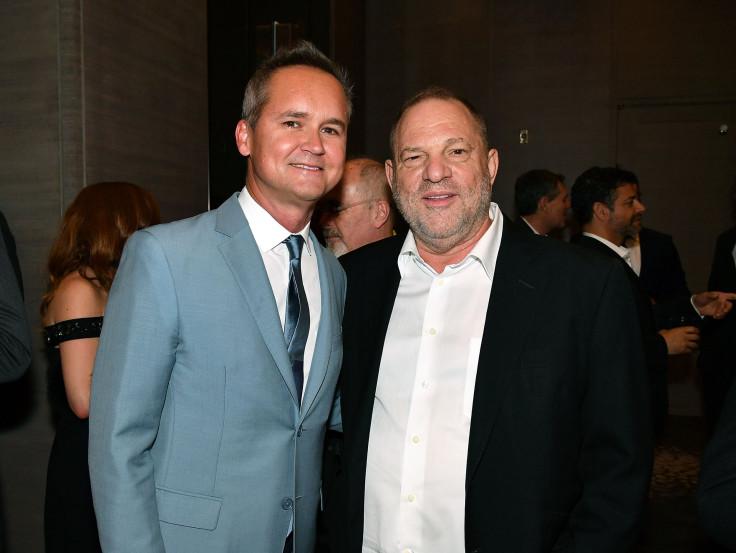E-Commerce Is Still A Boys Club: Amazon Lacks Nearly Any Female Leaders

The online retail industry is inheriting the broader tech industry’s sexism problem. Recode reported Amazon has just one woman out of its top 18 executives, senior vice president of human resources Beth Galetti.
The e-commerce giant recently came under fire for the way it handled sexual harassment allegations against former Amazon Studio head Roy Price. The Information reported Amazon knew the details of producer Isa Hackett’s complaints against Price back in 2015. However, Price wasn’t suspended until the details of this case were publicized in the wake of the recent Harvey Weinstein scandal.

Some current and former employees told the New York Times the scarcity of women leaders at Amazon enabled a cultural bias against sexual harassment victims until Price’s scandal hit the press. Amazon has long been known to have problematic policies that allegedly penalized working mothers and employees who experience a stillbirth or miscarriage. Amazon’s parental leave policy recently got an upgrade, thanks to the years of campaigning by women employees.
Unfortunately, Amazon isn’t unique. Across North America, online retail giants are almost exclusively run by men.
According to a diversity report by the nonprofit Reveal, Pinterest doesn’t have a single female executive. Pinterest was estimated to have less than 20 women managers and leaders across the whole company, even though the platform’s user base, which is predominately female. This social media platform in particular is a pivotal part of online shopping. The e-commerce platform Shopify published statistics on its website claiming the average order value on sales directed through Pinterest were $50 higher than any other social network.

Across the board, CNNMoney estimated women hold only 14.2 percent of the top five leadership positions at companies in the S&P 500, including e-commerce power players such as eBay and Walmart. Although most e-commerce giants hire few women leaders, successful fashion startups like Stitch Fix are proving women-led businesses can play hardball in this oversaturated marketplace. Quartz reported Stitch Fix pulled in $977.1 million in clothing sales and fees in 2016, thanks to more than 2 million active clients. Women make up more than half of the company’s employees, including th tech team and executive leadership.
Stitch Fix filed its IPO prospectus last week, which venture capitalist Ezra Galston called the “most exciting IPO since Snap” because it could offer the most cash efficient e-commerce model since “the start of the Facebook marketing era.” Stitch Fix ’s stylist subscription boxes offer customers surprise goodies based on personalized recommendations and user feedback. Shoppers can simply keep what they like and send back what they don’t want.
Amazon is trying a similar service called Prime Wardrobe, where shoppers can choose to try on clothes and ship them back if they don’t want to purchase the items after all. But the experience is completely different from Stitch Fix’s emphasis on saving time with personalized surprises from real stylists. So far, Amazon has struggled to differentiate itself in the broader fashion industry.
"The way I shop and the way I engage with my wardrobe, those experiences don't come to life on Amazon's platform," Kirsten Green, founder of venture capital firm Forerunner Ventures, told CBNC. "There's just a lot of room for delivering a different, better experience."
Perhaps hiring more women managers and executives could help tech companies understand women better. Diversity isn’t just about improving the company culture. It’s also good for business.
© Copyright IBTimes 2024. All rights reserved.





















